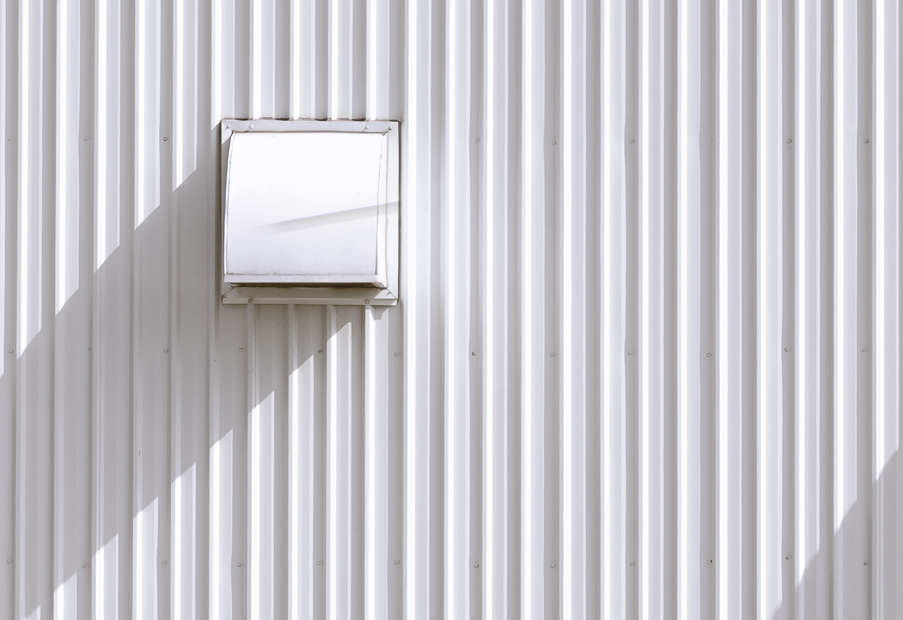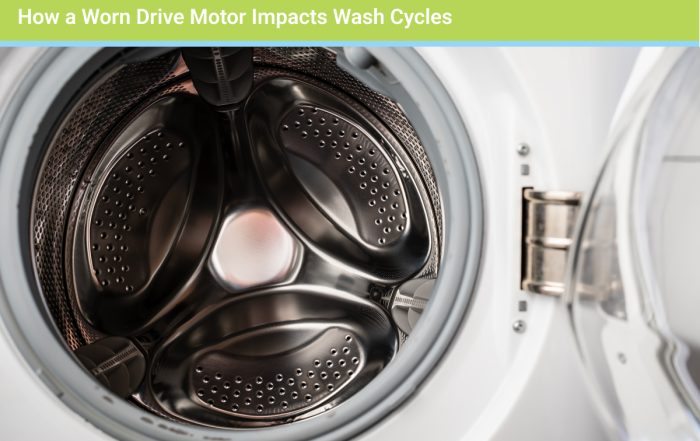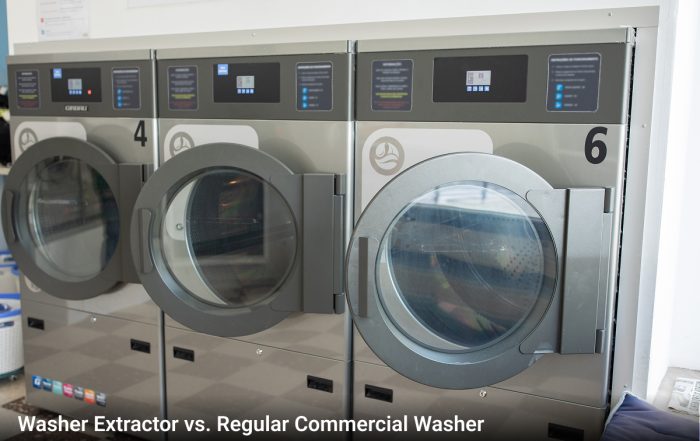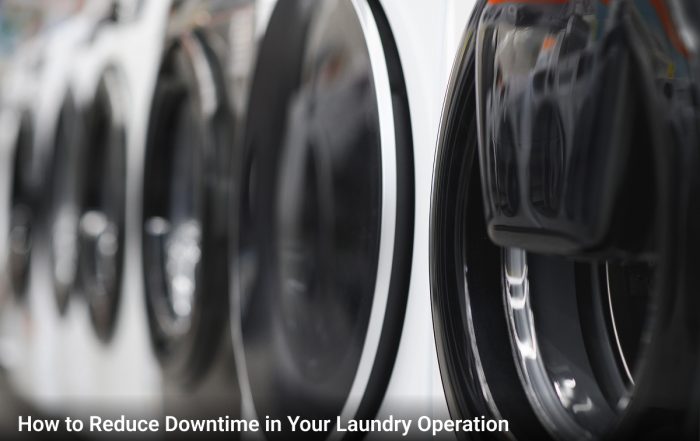
The ABCs of cleaning your dryer vents
Cleaning out your dryer’s lint screen between every load is a good start, but it’s actually not enough to keep your dryer operating safely and effectively.
Even if you’re diligent about cleaning your lint screen, there may be a build up of lint and debris that extends into your dryer’s ventilation system. This can end up causing a lot of problems if you aren’t carefully checking the ducts and vent.
We’ll walk you through the ABCs of why you should be inspecting your dryer vents regularly and give you a few extra tips to keep your dryer running smoothly.
Avoidance of risk
Probably the biggest reason you should pay attention to lint trapped inside your dryer vents is that it poses a big risk to your family. According to the US National Fire Protection Association, dryers are responsible for thousands of home fires each year, causing deaths, injuries, and millions of dollars in property damage.
A blocked vent can also contribute to carbon monoxide buildup inside your home. This gas is colourless, odourless, and tasteless, but can be extremely dangerous. Undetected, carbon monoxide can lead to unconsciousness and even death. Your dryer vents should be regularly maintained to ensure that any gas is able to escape your home through the vent instead of accumulating in your living space.
Bill reduction
The cost of everything seems to be increasing these days, but maintaining your dryer vent is an easy way to help reduce your household bills. A blocked dryer vent means that your dyer will have to work harder to dry your clothes, expending as much as a third more energy than necessary. This also causes additional wear and tear on your dryer and can lead to preventable and expensive maintenance issues.
If your dryer vent is blocked with lint and debris, warm, moist air from inside your dryer can’t escape, and your clothing will still feel damp. You may end up running extra dryer cycles at an added expense. If your clothes are taking longer to dry than usual, it’s a good indication that you should have your vents cleaned professionally, which will also prevent mould caused by this moisture.
Critter prevention
Lint and debris buildup can affect your duct hood, which is where your ducts vent to the exterior of your home. If it can’t close properly, it allows access for cold air to enter your home, increasing your heating and drying bills. It can also become a welcoming entry point for rodents, insects, or even birds.
Critters can find their way into your home or take up residence inside the ducts, leading to even more problems with ventilation. This also introduces additional allergens and irritants into your home. Regular preventive maintenance, including annual professional cleaning, will prevent both cold drafts and unwelcome pests from finding a way into your house.
Dryer vent hood maintenance
Regularly check the state of your exterior hood. This is the flap or hinged door located on the exterior of your home that connects to your dryer’s ventilation system. The area should be clear of lint, snow, and debris, and the hinges should open and close easily to allow for ventilation while preventing anything from entering the duct from outside.
If the hinges aren’t working smoothly, use a silicone spray to lubricate them so they lift easily. Check for crumbling or peeling caulking around the edges and remove it carefully with a utility knife before applying fresh caulking. Gaps should be filled with spray foam insulation to prevent rodents and cold drafts from getting in.
Expert cleaning services
Even if you’re checking your lint screen between every load and regularly inspecting your exterior vent door, it’s a good idea to book an annual professional cleaning of your dryer vent.
Proper cleaning effectively removes dryer lint and debris in hard-to-reach places, reducing the risk of fire or insufficient ventilation. Plus, you’ll benefit from lower operating costs and help protect the longevity of your dryer.
Maintaining your dryer doesn’t have to be complicated. Keep it simple by following our advice for safe and effective dryer operation.
Recent Posts
How a Worn Drive Motor Impacts Wash Cycles
Here at Coronet Equipment, we know that every component in your commercial laundry system can play a critical part in its performance. This case is none more so than the drive motor in washer-extractor units. [...]
Washer Extractor vs. Regular Commercial Washer
At Coronet Equipment, we know that choosing the right laundry equipment can make all the difference for your business. Whether you manage a hospitality operation, healthcare facility, athletic center, or on-premise laundry, the equipment you [...]
How to Reduce Downtime in Your Laundry Operation
In commercial laundry, downtime isn’t just an inconvenience. It can directly impact your productivity, customer service, and bottom line. At Coronet Equipment, we’ve supported Alberta’s laundry industry for over 25 years, helping vended, on-premise, and [...]



